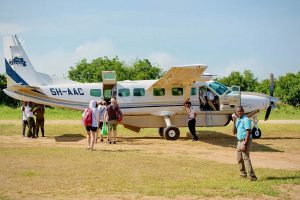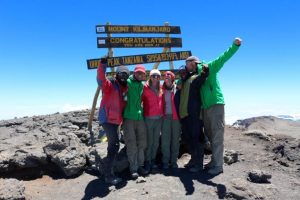Understanding Kilimanjaro’s Average Climb Time
Mount Kilimanjaro, the highest peak in Africa, is a popular destination for adventure seekers and hikers from around the world. Climbing Kilimanjaro is a challenging yet rewarding experience, but one that requires proper planning and preparation. One important consideration when planning your Kilimanjaro ascent is understanding the average climb time. Factors such as the route chosen, physical fitness level, and acclimatization are key in determining how long it will take to reach the summit.
Factors Influencing Kilimanjaro’s Climb Duration
Route Selection:
Kilimanjaro offers several different routes to the summit, each varying in length and difficulty. The most popular routes include the Marangu, Machame, Lemosho, and Rongai routes. The length of each route ranges from 5 to 9 days, with longer routes generally allowing for better acclimatization and increased chances of reaching the summit. The choice of route will significantly impact the average climb time.
Physical Fitness Level:
Climbing Kilimanjaro is a physically demanding activity, requiring a good level of fitness and endurance. The average climb time can vary depending on the individual’s physical condition. It is important to train and prepare adequately before attempting the ascent to ensure a successful and enjoyable experience.
Acclimatization:
Acclimatization is crucial when climbing Kilimanjaro, as the high altitude can lead to altitude sickness if not properly managed. Most tour operators recommend a gradual ascent to allow the body to adjust to the decreasing oxygen levels. Longer routes with more acclimatization days built-in typically have higher success rates of reaching the summit. Adequate acclimatization will also impact the average climb time, as it may require additional days on the mountain.
Tips for Planning Your Kilimanjaro Ascent Time
Book with a Reputable Tour Operator:
To ensure a safe and successful climb, it is recommended to book your Kilimanjaro expedition with a reputable tour operator such as Sunset Africa Safari. They offer experienced guides, proper equipment, and well-planned itineraries to maximize your chances of reaching the summit. For booking requests, clients can contact info@sunsetafricasafari.com.
Allow for Extra Days:
When planning your Kilimanjaro climb, it is advisable to allow for extra days in case of unforeseen circumstances such as bad weather or altitude sickness. Having a buffer of a few extra days can help ensure a successful summit attempt and a more enjoyable overall experience.
Train and Prepare:
To increase your chances of reaching the summit and reduce the average climb time, it is essential to train and prepare adequately. This includes regular cardio and strength training, as well as hiking with a weighted backpack to simulate the conditions on Kilimanjaro. Additionally, practicing at higher altitudes can help acclimatize your body before the climb.
In conclusion, understanding Kilimanjaro’s average climb time is crucial for planning a successful ascent. By considering factors such as route selection, physical fitness level, and acclimatization, you can better estimate how long it will take to reach the summit. With proper preparation and planning, you can increase your chances of a safe and memorable Kilimanjaro climb.
For booking requests and more information about Kilimanjaro expeditions, contact Sunset Africa Safari at info@sunsetafricasafari.com.



